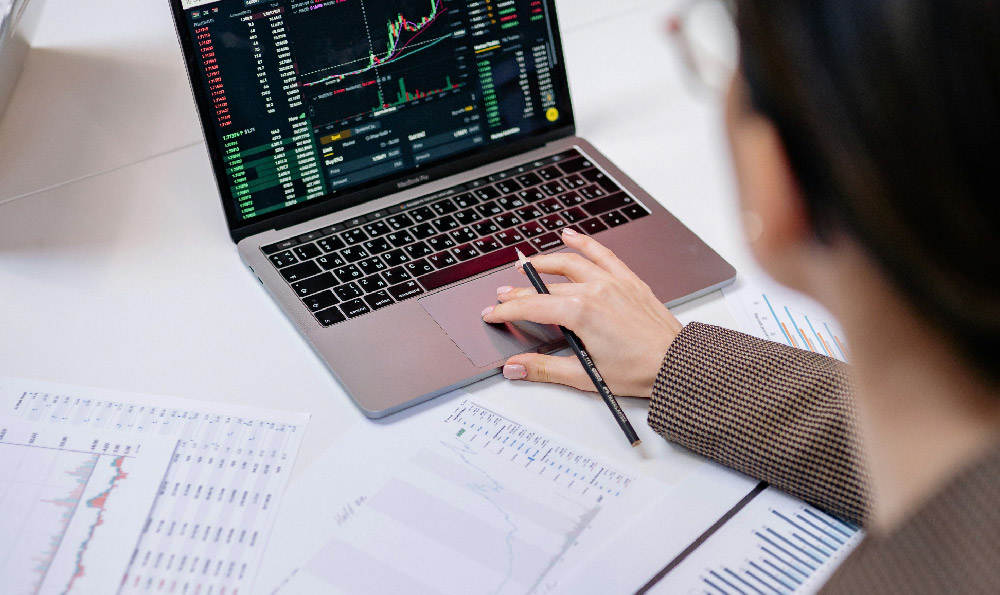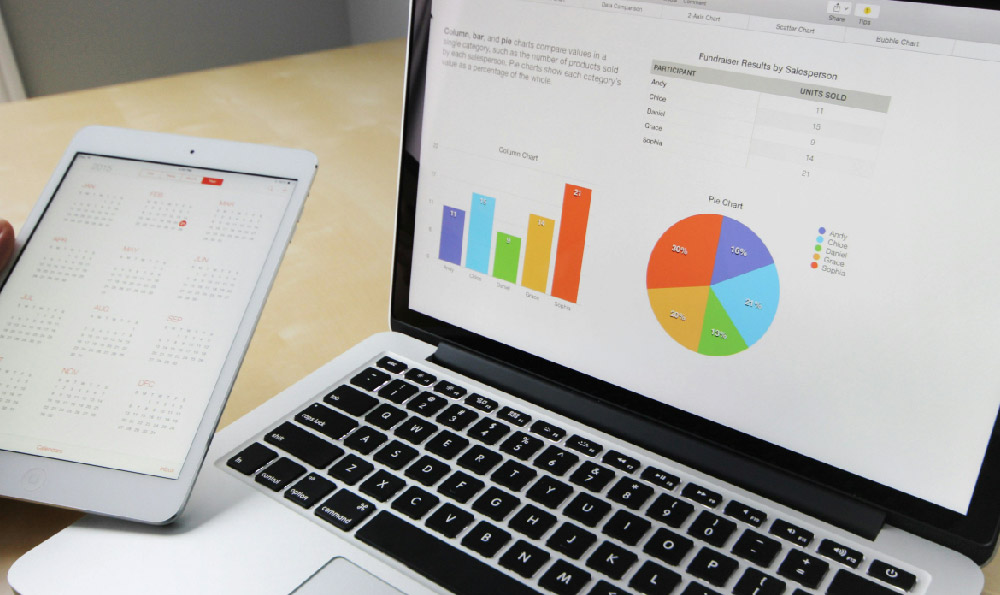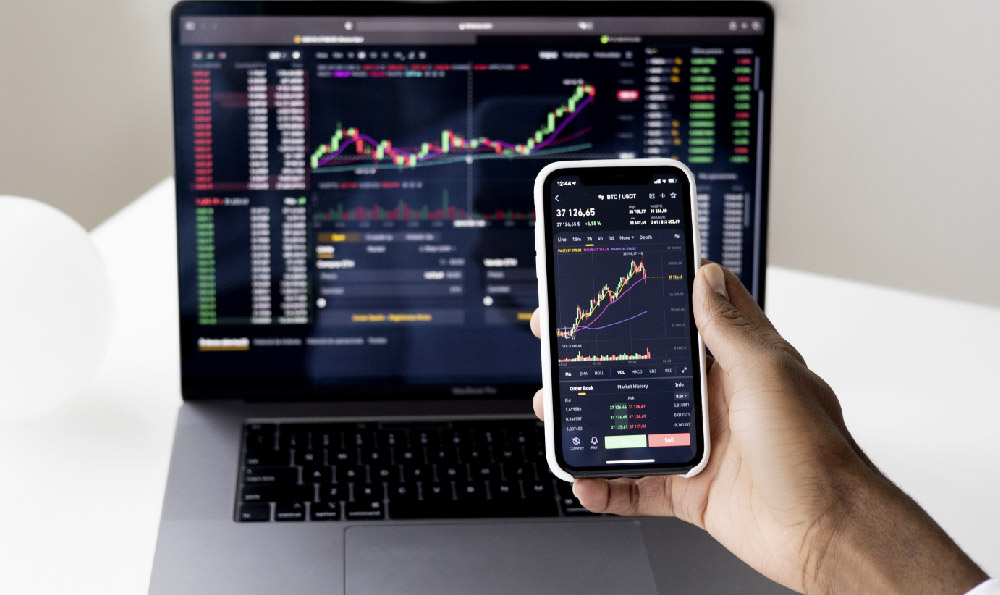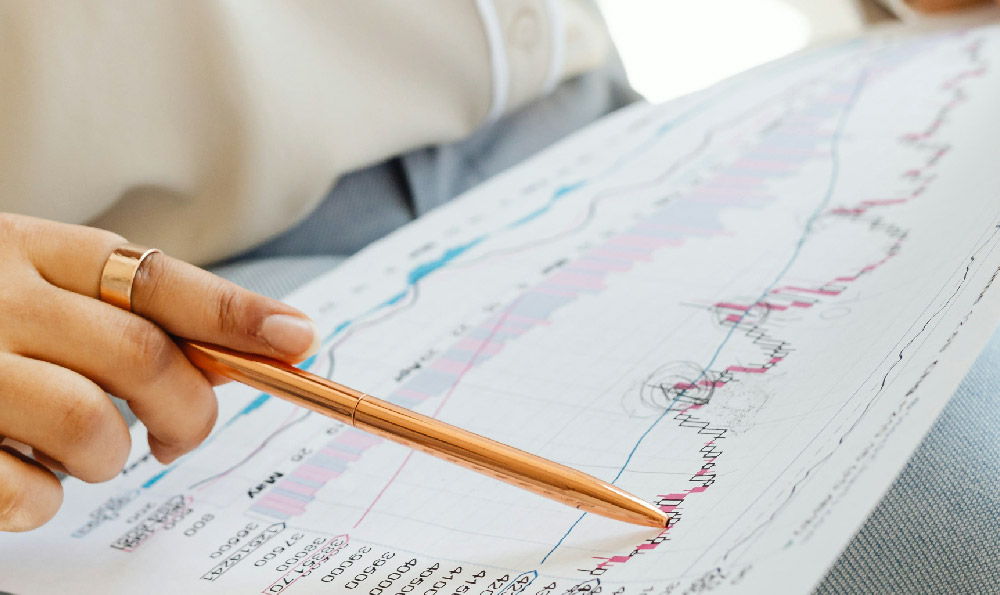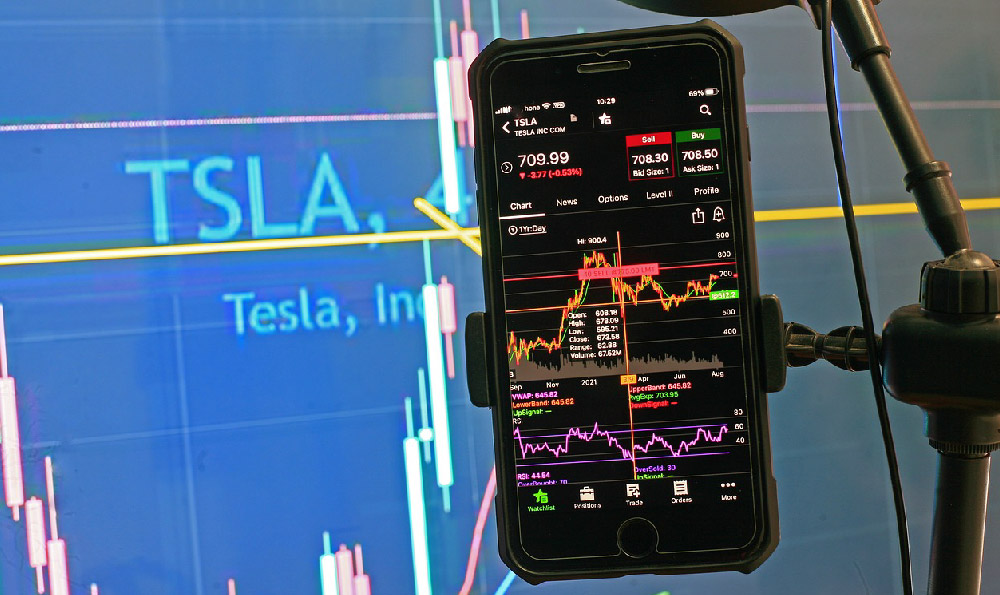Day trading, the practice of buying and selling financial instruments within the same trading day to capitalize on short-term price movements, has long been a subject of fascination and controversy in the investment world. While the allure of quick profits is undeniable, the reality of consistent success in this high-stakes arena is far more nuanced. The answer to whether one can truly make money through day trading hinges on a complex interplay of skill, discipline, and market dynamics. Unlike long-term investment strategies that rely on compounding growth and fundamental analysis, day trading demands an acute understanding of market behavior, psychological resilience, and meticulous execution of trades. However, the path to profitability in this domain is not paved with guarantees; rather, it requires a deep dive into the mechanics of trading, an awareness of the risks involved, and a commitment to continuous learning.
At its core, day trading thrives on the volatility of financial markets. Traders exploit price discrepancies that emerge due to news events, algorithmic changes, or shifts in sentiment. For example, a sudden earnings report from a major company can trigger rapid price swings, creating opportunities for those who can react swiftly and accurately. Yet, this very volatility is what makes day trading a double-edged sword. Markets are inherently unpredictable, and even the most well-reasoned trades can be derailed by unforeseen circumstances. A trader might anticipate a positive reaction to a economic indicator only to find that global geopolitical tensions overshadow the data, leading to a market reversal that nullifies the trade. This underscores the importance of not only technical analysis but also macroeconomic awareness and the ability to adapt to changing conditions in real-time.
Successful day traders often employ a combination of strategies tailored to their risk tolerance and market preferences. Trend following, for instance, involves identifying and capitalizing on price movements that are in line with a prevailing market direction. Traders using this approach might look for breakouts in highly liquid assets such as blue-chip stocks or major currency pairs. Conversely, range trading focuses on exploiting price fluctuations within a defined support and resistance level, often in less volatile markets. Another popular method is the use of news-based trading, where traders analyze market reactions to economic data releases or corporate announcements. Each of these strategies requires a unique set of skills and tools, from advanced charting software to real-time news feeds, and their effectiveness can vary significantly across different market conditions.

Yet, the psychological challenges of day trading cannot be overstated. The fast-paced nature of this endeavor places immense pressure on traders to make split-second decisions under uncertainty. Emotional control is paramount; succumbing to fear or greed can lead to reckless decisions that erode profits. Many day traders recount the experience of 'whipsawing'—a situation where prices rapidly fluctuate, forcing them to constantly adjust their positions. Over time, this can lead to burnout or the temptation to take excessive risks to recover losses. A disciplined approach is essential, with strict rules governing entry and exit points, position sizing, and the management of losing trades. Experienced traders often emphasize the importance of a trading plan that is followed religiously, even when the market behaves unexpectedly.
The technical infrastructure required for effective day trading is equally critical. Access to reliable data, low-latency execution platforms, and robust risk management tools can significantly impact a trader's ability to profit. In an era dominated by algorithmic trading and high-frequency strategies, human day traders must ensure their systems are optimized for speed and accuracy. Furthermore, the choice of financial instruments plays a pivotal role. While stock markets offer a wide range of opportunities, commodities, forex, and cryptocurrency trading each come with distinct characteristics and risks. For example, the forex market operates 24/5 and offers greater leverage, which can amplify both gains and losses, whereas stock trading tends to be more forgiving but requires a deeper understanding of company fundamentals.
Profitability in day trading is not solely dependent on the strategy itself but also on the trader's ability to maintain a long-term perspective. Many novice traders fall into the trap of chasing short-term gains, which often leads to overtrading and increased exposure to market noise. The reality is that even the most sophisticated strategies can fail in the short term, and the key to sustained success lies in patience and adaptability. Traders must be prepared to accept that some trades will result in losses, viewing these as part of the process rather than failures. Additionally, the importance of backtesting strategies cannot be ignored. Historical data analysis helps traders refine their approaches and understand how their methods perform under various market conditions, which is crucial for avoiding blind spots in decision-making.
In the end, the question of whether one can truly make money from day trading is less about the method itself and more about the individual's commitment to mastering its intricacies. While it is possible for skilled traders to generate consistent returns, this outcome is not guaranteed for the average participant. The market's inherent unpredictability, combined with the emotional and technical demands of the activity, necessitates a holistic approach that includes education, practice, and a deep understanding of one's own risk profile. For those who are drawn to the excitement of day trading, it is imperative to approach it with realistic expectations, recognizing that profitability is the result of persistent effort, strategic acumen, and a willingness to learn from every trade—whether it is a win or a loss.



